Old graphics card gamers should be aware that in the early 21st century, there were two major graphics card manufacturers: A-card and N-card.
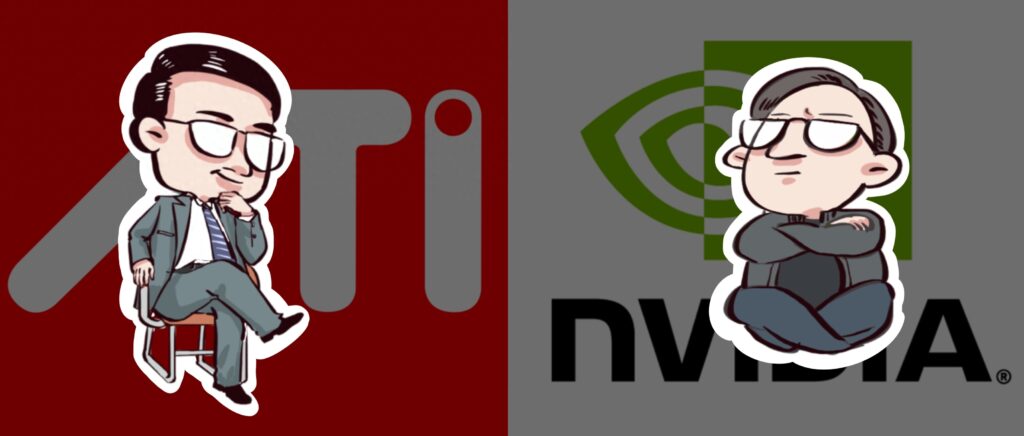
N-card is a shorthand for NVIDIA graphics cards.
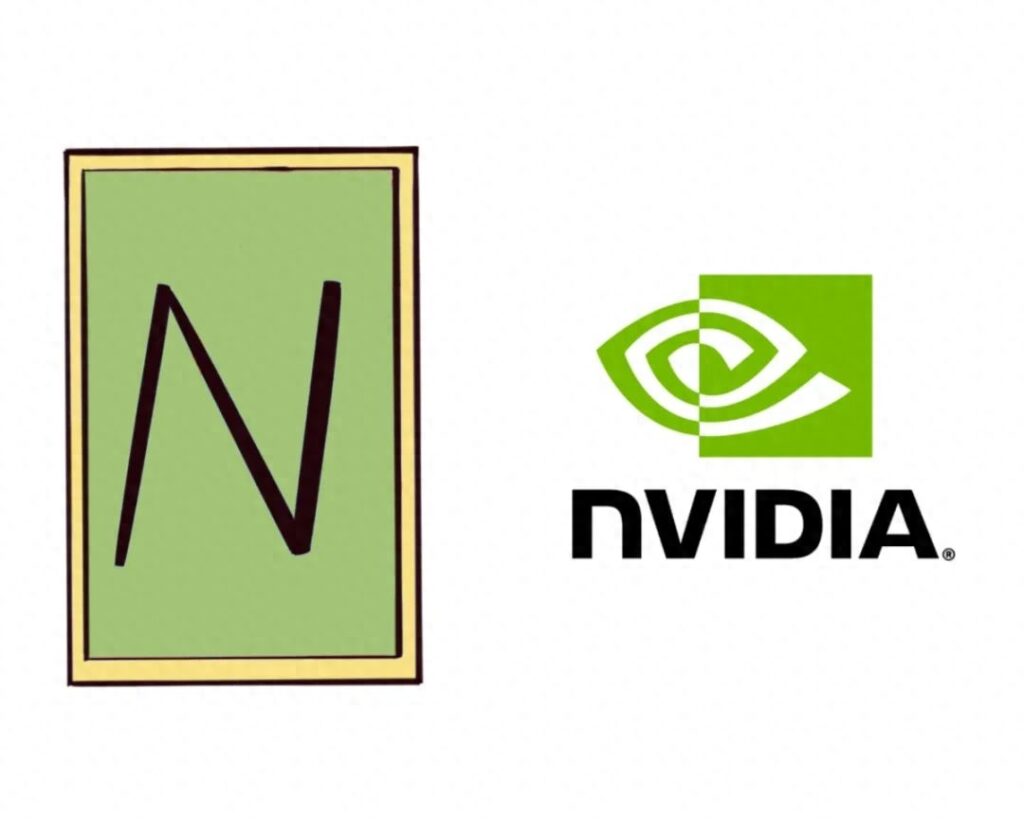
Don’t be fooled by NVIDIA’s current dominance and arrogance; there was a formidable rival that could challenge them twenty years ago. The only manufacturer capable of giving NVIDIA a run for its money was ATI, and its graphics cards were also known as A-cards.
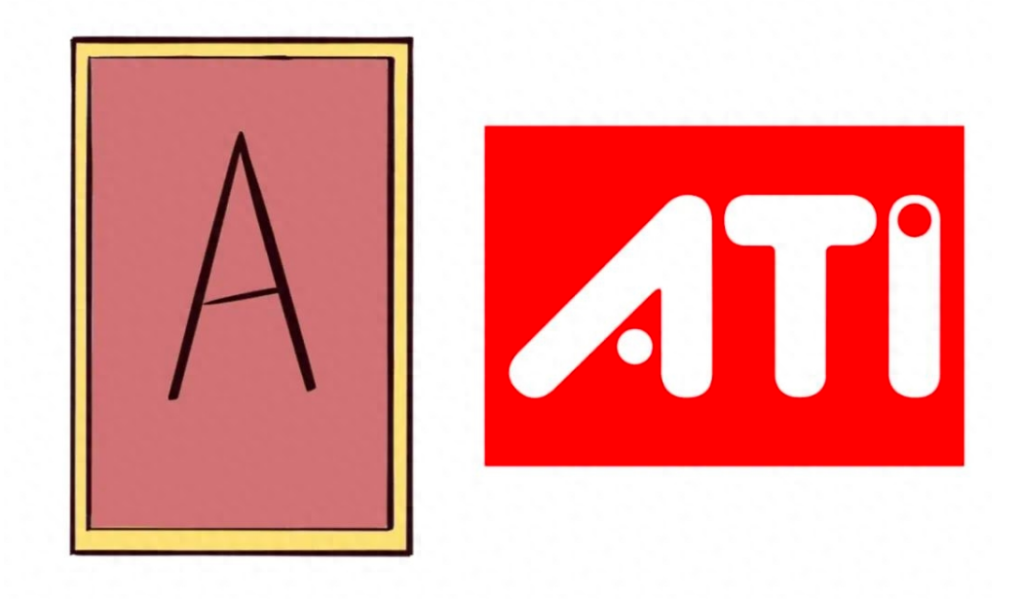
The story of A-cards goes even further back than NVIDIA’s, dating back to nearly 40 years ago.
In 1985, four Hong Kong individuals—Canadian-Chinese Liu Likai (Lee Ka Lau), Liu Baihang (P.H. Lau), Ho Guoyuan (Kwok Yuen Ho), and Benny Liu—spent a long time contemplating in a garage in a small town in northern Toronto, Canada.
Everyone quickly agreed, pooled their money, and found that they had 300,000 Canadian dollars (approximately 220,000 US dollars).
The four individuals realized that the money wasn’t enough to start a computer company but could suffice to establish a lower-cost computer graphics chip company.

So, they decided to name the company Array Technology Industry, abbreviated as ATI.
On August 20, 1985, ATI was born right there in the garage. (It seems like garages are a lucky place for tech companies to start!)

Among them, the person who initially proposed the idea to start the company was named He Guoyuan.

In 1950, He Guoyuan was born into a not-very-wealthy family in Guangdong province. Later, due to life’s hardships, he followed his parents to work in Hong Kong, and the whole family moved there together.
In 1974, He Guoyuan graduated from National Cheng Kung University in Taiwan with a Bachelor’s degree in Electronic Engineering. Before embarking on his entrepreneurial journey, Guoyuan worked at Data Control Systems, Philips Electronics, and National Semiconductor Corporation.
In 1984, Guoyuan immigrated to Canada. The following year, he, along with several fellow compatriots, co-founded ATI Technologies Inc. with a loan of $455,000.
With excellent operations and strong technical expertise, ATI secured its first order in its second year of establishment. In that year, ATI earned 10 million US dollars. By the end of 1992, ATI’s revenue had surpassed 100 million US dollars, leading to a successful listing in 1993.
01
The Era of Graphics Card Titans
While ATI was still basking in the joy of going public, what he didn’t anticipate was that his most formidable competitor in the future was born during that time.
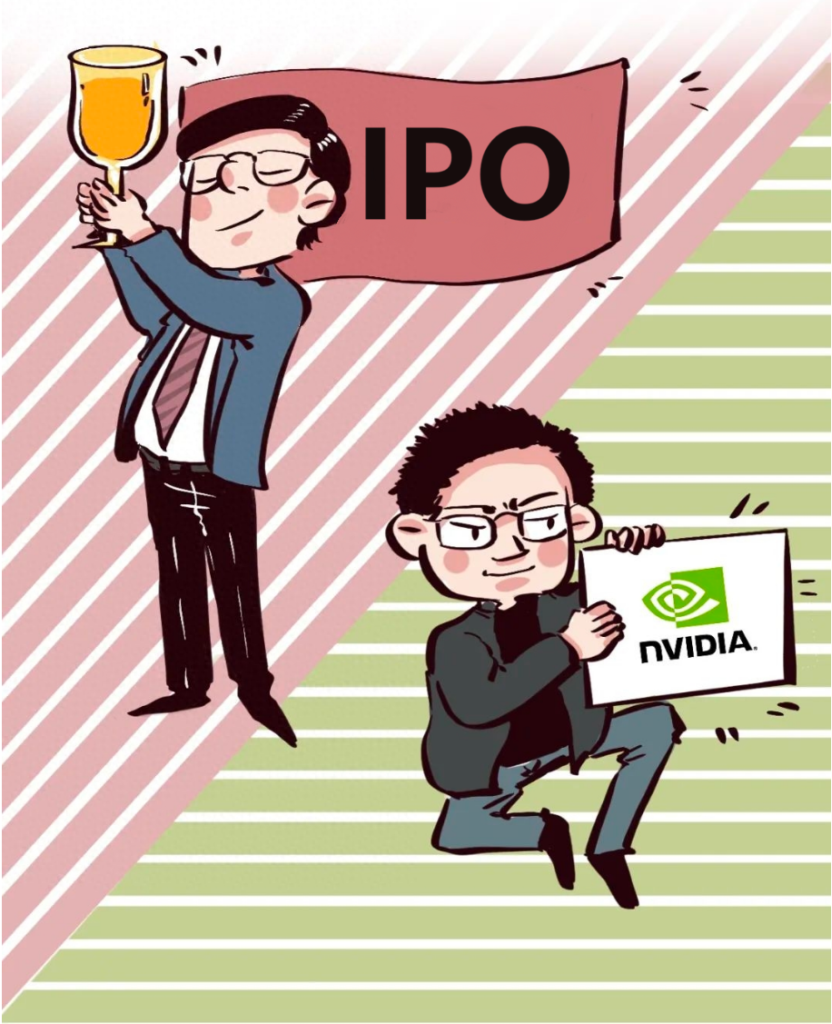
Indeed, at that time, NVIDIA had just been founded, and the reason behind its creation was rather unusual. It was simply because the founder, Huang, had promised his girlfriend (who later became his wife) that he would have his own company after turning 30, so he started it.
In any case, in that year, the doorway to the “A” and “N” rivalry quietly swung open. Subsequently, ATI entered the Apple ecosystem, with its chip products being utilized in Apple’s Macintosh and IBM’s Aptiva computers, propelling the company to great heights.
In January 1996, ATI released the industry’s first 3D graphics chip, the ATI 3D Rage, becoming the first company to introduce 3D graphics chips into the notebook market.
In 1998, He Guoyuan was also honored as one of the world’s top 25 business leaders by “BusinessWeek.”
In 2000, ATI acquired an electronic application chip manufacturing company, ArtX, expanding the company’s presence from the traditionally competitive personal computer market to cable television set-top boxes, PDAs, video games, and mobile phones. This marked the beginning of the era of “A-card” prosperity.
Simultaneously, NVIDIA’s “N-card” didn’t lag behind. After acquiring the former graphics card leader 3DFX, it took a decisive step to claim the throne of graphics card supremacy, making it difficult for other graphics card manufacturers to compete. Only the former champion, ATI, stood firm in its resistance against NVIDIA.

Before, NVIDIA introduced the acclaimed “first GPU” known as the GeForce 256. Shortly after, ATI responded with its counterweapon, the “first Radeon” graphics card, the Radeon 256. Both featuring “256,” it was a showdown to see who could outperform the other.
As the product lines of the two most powerful factions in the graphics card market at the time, the GeForce and Radeon series both became groundbreaking products with epochal significance.
The graphics card battle at the beginning of the 21st century evolved into an intense competition between GeForce and Radeon, pushing the limits of performance and innovation.
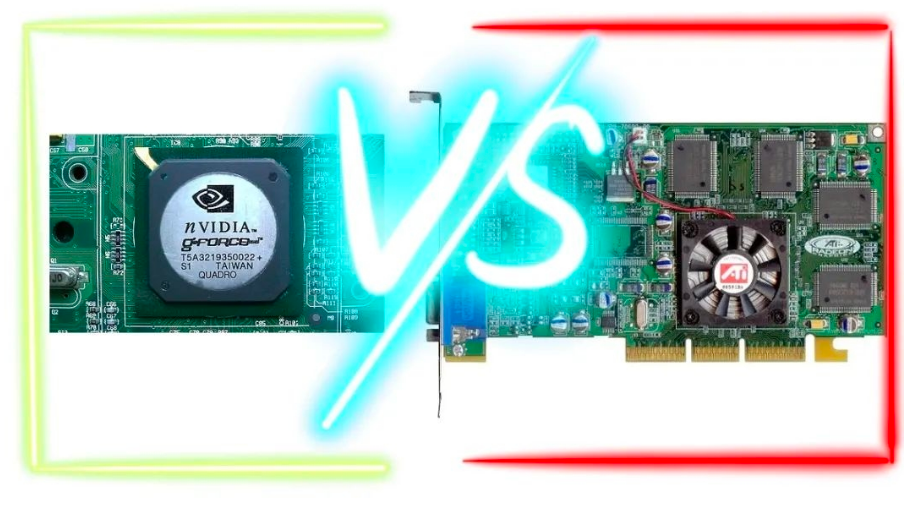
02
Did it mark the beginning of a rivalry between two Chinese pioneers?
In 2003, as computer adoption in China soared, the country had overtaken Japan to become the world’s second-largest computer market, trailing only behind the United States. Consequently, China became a key battleground for ATI and NVIDIA in their competition.
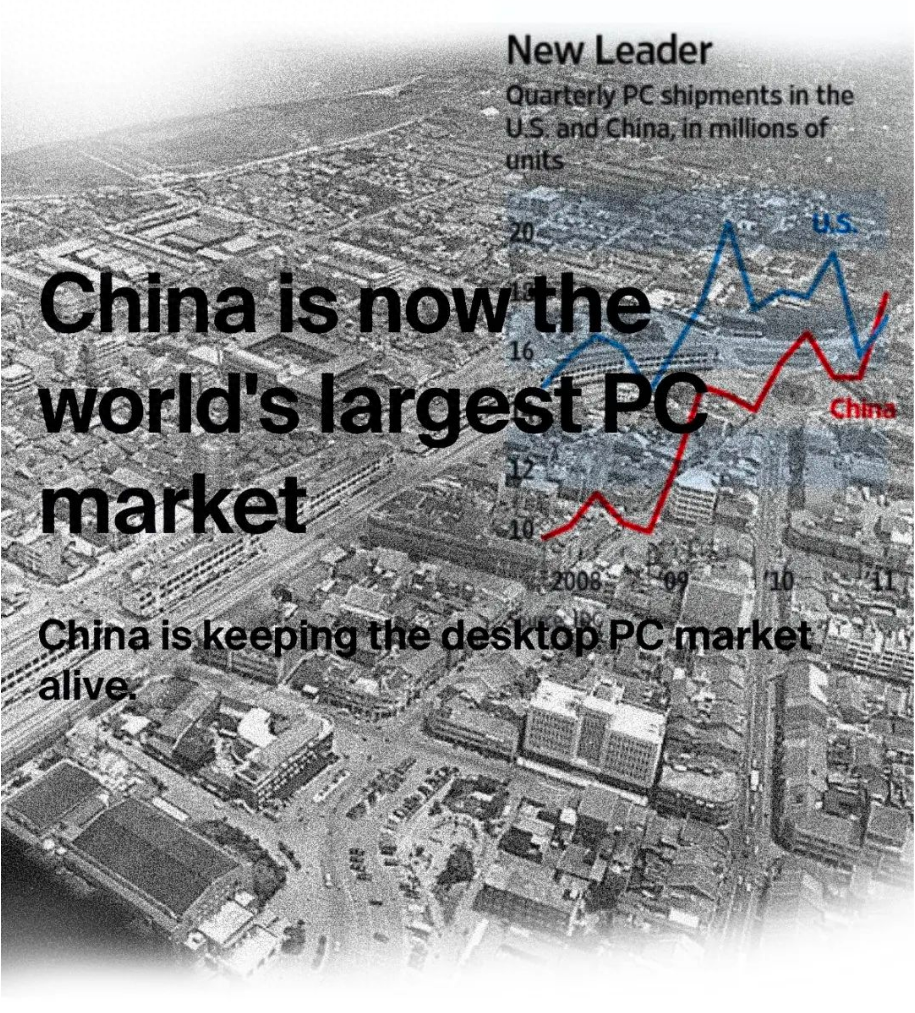
Due to the fierce competition between the two, there were even onlookers who started a topic for a vote:
“What’s your view on ATI?
Did they create a favorable market environment by initiating price competition and product quality competition between the two major graphics card factions?
Or did they open the door for Chinese factions to engage in mutual verbal attacks and hostility?
On October 21, 2003, ATI unveiled its latest and at that time, the world’s most top-tier graphics card product, the RADEON 9800XT, in China. The promise of an ultimate gaming experience was about to sweep the market, eliciting cheers from numerous passionate gamers. President He Guoyuan also came to China for promotional activities.
Wherever there’s ATI, there’s bound to be Nvidia (just like how you find McDonald’s where there’s KFC). Just four days later, NVIDIA swiftly launched its latest GeForce FX 5950 graphics card. This intense back-and-forth competition heightened the excitement among gamers (the more you compete, the more we love it). Similarly, NVIDIA also sent a large contingent to China for promotional activities.
When rivals meet, envy flares up. Here’s an excerpt from a journalist’s interview, capturing a heated exchange between the two companies:
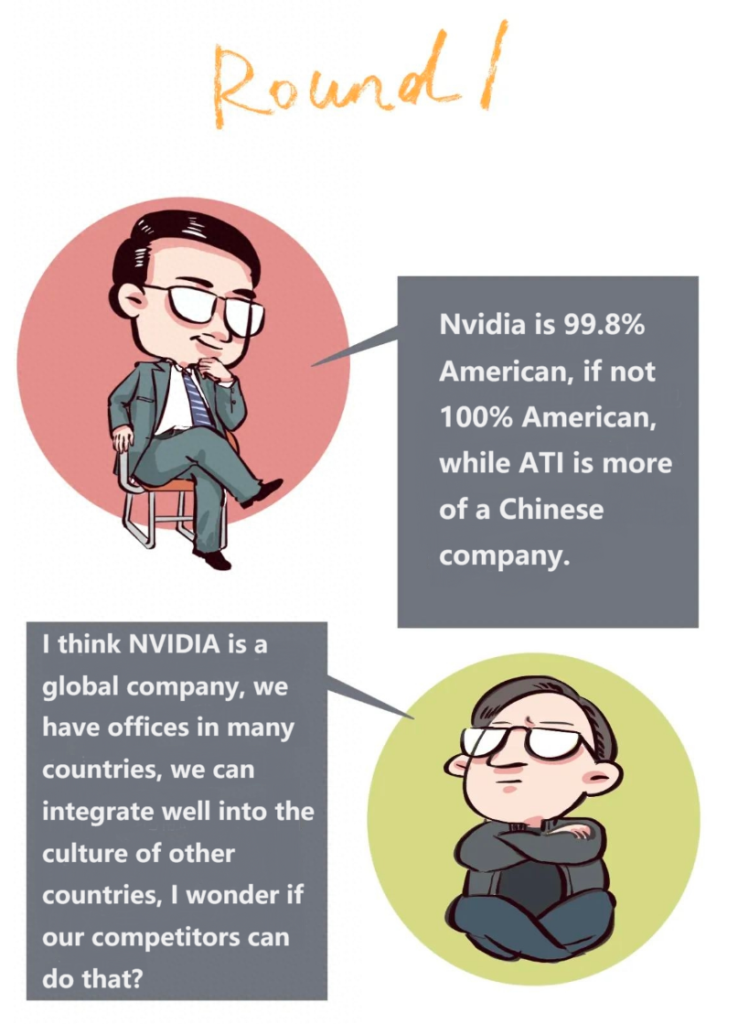
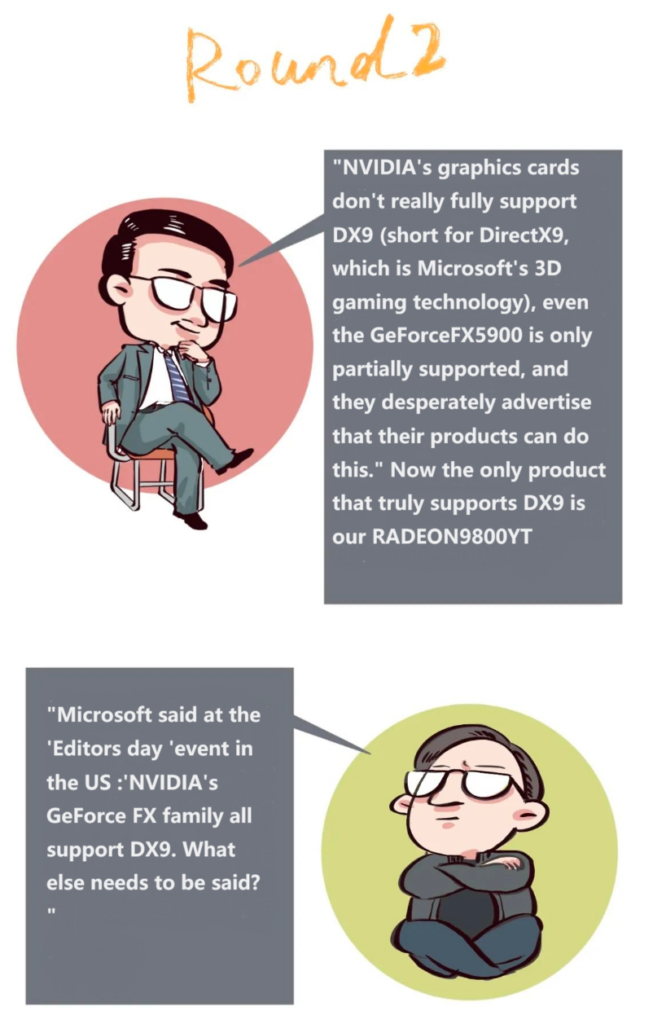
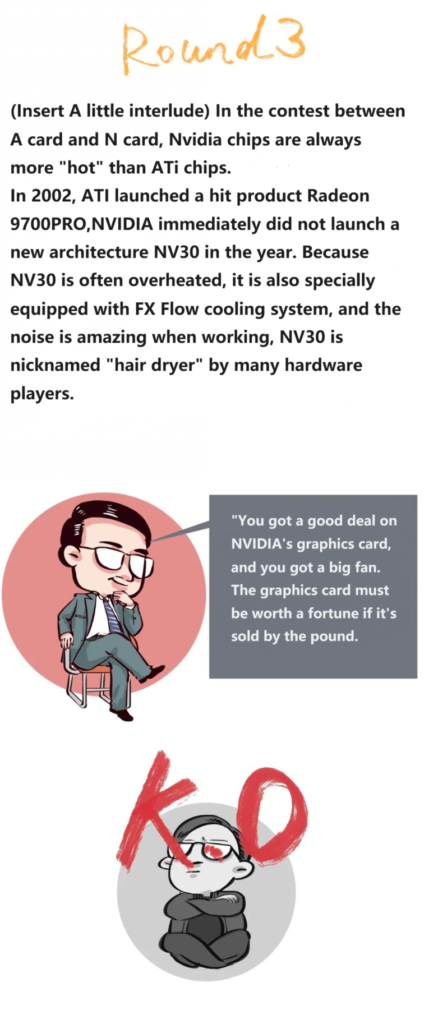
However, in the midst of the fiercely competitive graphics card market of 2003, ATI’s founder, He Guoyuan, faced a financial scandal. Due to various reasons, Guoyuan resigned from his position as CEO in June 2004, stepping into the background to serve as the chairman of the board.
As the saying goes, fortunes can change quickly. In that same year, NVIDIA released the powerful NV40, overshadowing ATI’s R420 by a wide margin. With ATI lacking its guiding force, the company began to decline. In subsequent rounds of competition with NVIDIA’s new products, ATI found itself consistently trailing. Combined with the continuous price pressure on graphics cards at the time, ATI lost its hold on the mid-range and low-end market segments, which had been a significant source of profit.
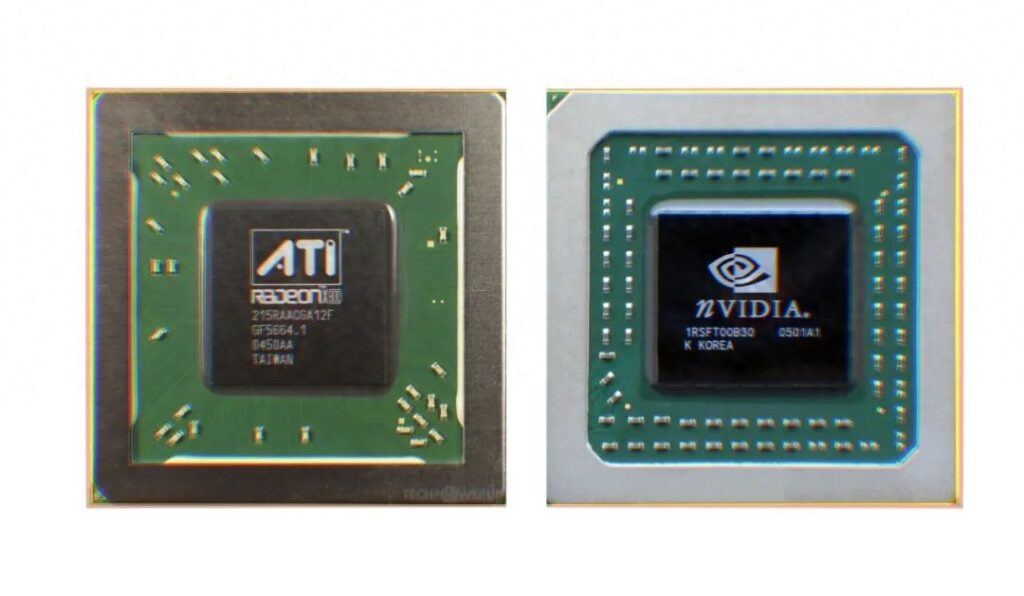
In 2005, with NVIDIA closing in and high production costs coupled with market reactions falling short of expectations, ATI’s stock price experienced a significant decline.
On July 24, 2006, in a bid to compete with Intel, AMD officially announced its acquisition of ATI for a total value of $5.4 billion. By 2010, the logo on A-cards had transitioned from ATI to AMD. ATI, once the “titans of graphics cards” standing alongside NVIDIA, had become a thing of the past, officially exiting the stage of history.
Recommended Reading:
- (1) History of GPU – Consumer 3D Graphics Cards (1976-1995)
- 2023 GPU Guide: Optimal Choices for All Budgets
- Cyber Threat at JingDing: Hackers Hold 5TB Data Hostage

Disclaimer: This article is created by the original author. The content of the article represents their personal opinions. Our reposting is for sharing and discussion purposes only and does not imply our endorsement or agreement. If you have any objections, please contact us through the provided channels.








